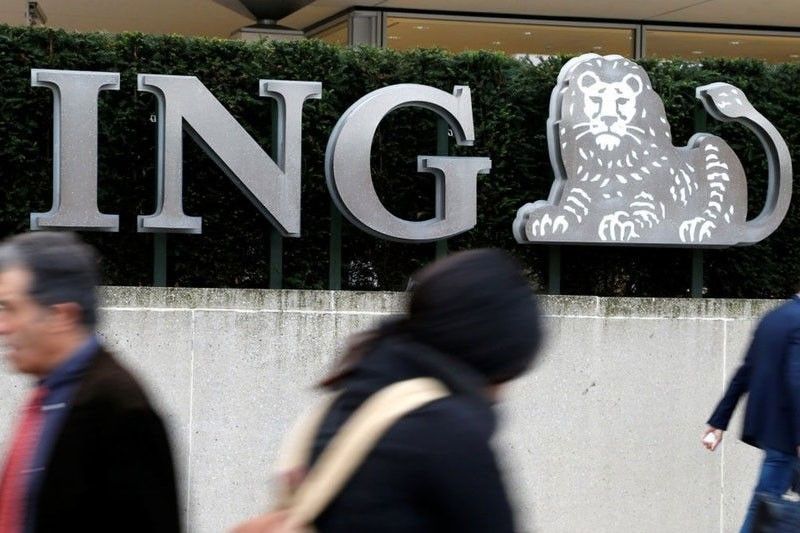ING Bank cuts Phl GDP growth forecast

MANILA, Philippines — Dutch financial giant ING Bank is painting a gloomier picture of the Philippine economy, slashing its 2018 growth forecast to 6.3 percent from the original forecast of 6.8 percent after a slower-than-expected expansion in the second quarter.
Joey Cuyegkeng, senior economist at ING Bank Manila, said the downward revision was due to the disappointing six percent gross domestic product (GDP) growth in the second quarter which was below the consensus forecast and the government’s target rate.
The expansion in the second quarter was the slowest in three years and lower than the revised 6.6 percent GDP growth in the first quarter.
Furthermore, the 6.3 percent year-to-date growth was below the seven to eight percent GDP growth penned by the Development Budget Coordination Committee (DBCC).
Analysts attributed the slower GOP growth to the deterioration of the trade sector. They said a higher import growth coupled with weaker export performance weighed on overall GDP growth.
A strong private sector performance and the government’s aggressive infrastructure catch-up program contributed to the worsening trade imbalance while exports remained weak despite the multi-year weakness in the Philippine peso, analysts said.
Cuyegkeng said construction and durable equipment investment accelerated on the back of infrastructure spending and capacity expansion, consistent with strong imports of capital equipment in the second quarter.
He said government spending also improved with growth of 12 percent, faster than the year-ago growth of 7.6 percent.
On the other hand, he said household spending moderated to a 5.6 percent increase from six percent.
“High inflation and weak agriculture production weakened the purchasing power and restrained household spending, but an almost six percent growth is still respectable,” he said.
According to Cuyegkeng, the moderation in household spending is also seen in slower manufacturing growth of 5.6 percent in the second quarter from eight percent last year.
“Higher take-home income from income tax reform offset the combined impact of high inflation and weak agriculture output,” Cuyegkeng said.
- Latest
- Trending




























